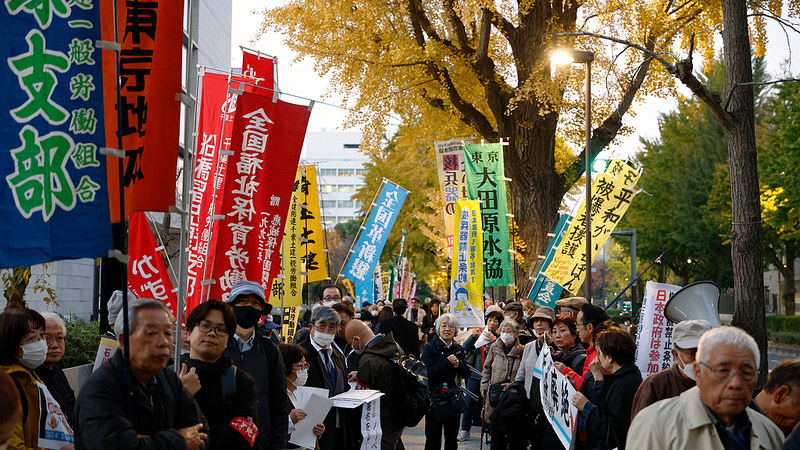On May 20, the US unveiled its next-generation "Golden Dome" missile defense architecture, promising an integrated shield across land, sea and space. In three years, Washington aims to bring this high-tech system online — a move that Beijing says could tip the balance of power beyond Earth orbit.
At a routine briefing, the Chinese Foreign Ministry spokesperson Mao Ning voiced strong objections, calling "Golden Dome" a potential offensive tool that violates the spirit of the 1967 Outer Space Treaty. "This project pursues a significant expansion of combat capabilities in outer space," she warned, adding it could ignite a fresh round of militarization and trigger an arms race in orbit.
Strategic experts note that while missile defenses are framed as purely protective, the tech often has dual-use potential. Sensors and interceptors in space can track and disable not only incoming threats but also critical satellites relied upon by rivals. According to a 2023 report, global space assets—ranging from weather and navigation satellites to Internet networks—handle over $300 billion in economic value annually.
Mao Ning also accused the US of an "America First" approach, seeking absolute security at the expense of undiminished global safety. "Such imbalance jeopardizes international arms control norms and global strategic stability," she said, urging Washington to halt deployment plans and foster mutual trust among major powers.
For policymakers and tech innovators, the clash highlights a broader question: can space remain a shared frontier, or is it doomed to become the next arena of great-power competition? As startups and space agencies across G20 members push for sustainable exploration, the debate over defense versus cooperation in orbit will shape the future of our interconnected world.
Reference(s):
China: U.S. 'Golden Dome' defense system risks space militarization
cgtn.com




